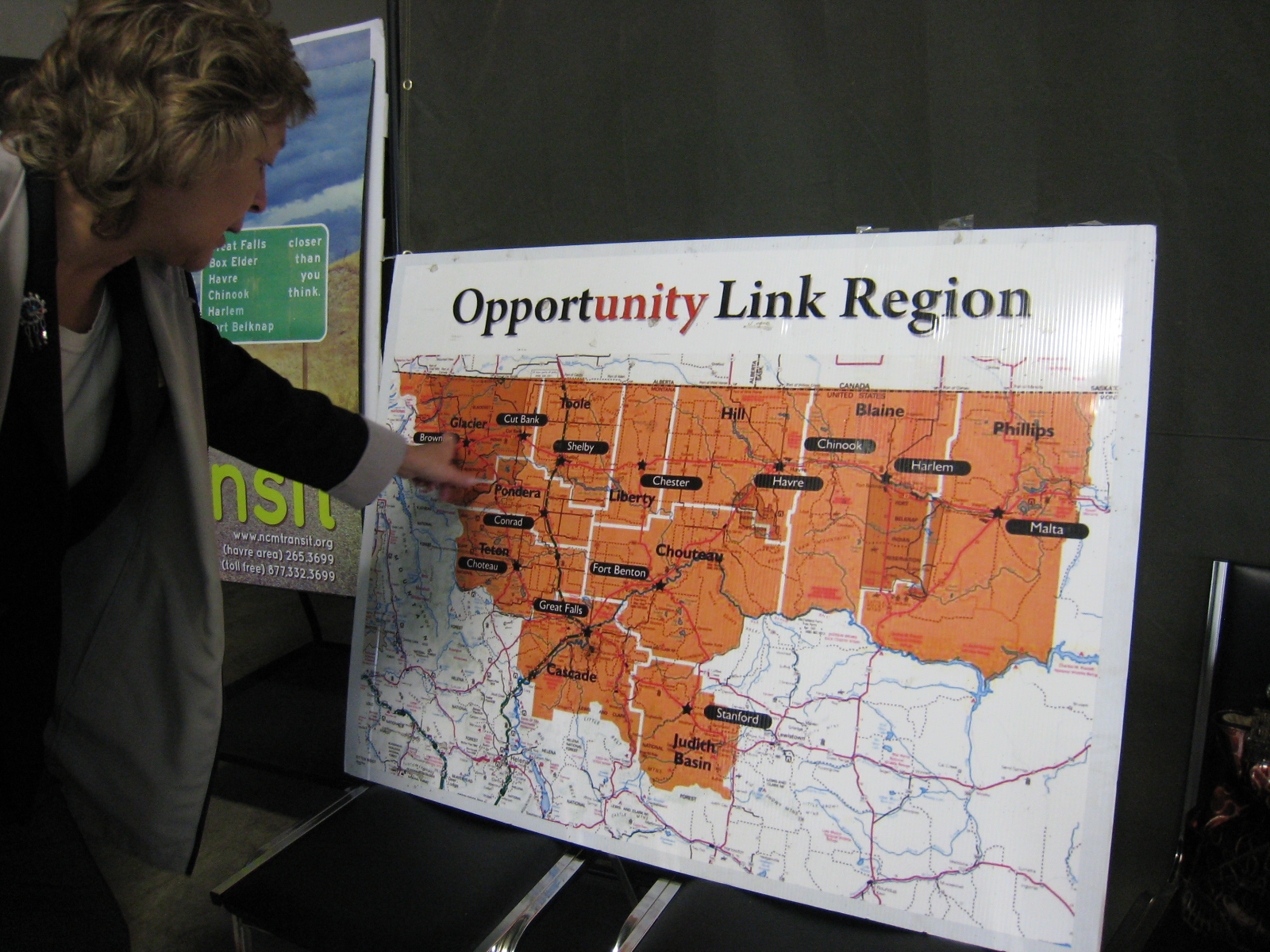Want to learn about new, innovative strategies for creating great places? Several upcoming webinars provide ideas and inspiration for local leaders.
Brownfields Policy Update from Capitol Hill
Thu, Oct 3, 2013 2:00 PM – 3:00 PM EDT
Join NALGEP and its Brownfield Communities Network for a webinar where the nation’s leading brownfields policy experts will bring you up to speed on the latest Congressional activities related to brownfields. Speakers will include Evans Paull of the National Brownfields Coalition, Judy Sheahan from the U.S. Conference of Mayors, and NALGEP Executive Director Ken Brown. The webinar will cover the key matters before Congress affecting brownfields revitalization, including brownfields reauthorization legislation, the outlook for FY 2014 appropriations for brownfields at EPA and other agencies, and efforts to reinstate the brownfields tax incentive. There will be ample time for questions and discussion.
Click here to register.
Montana Rural Health Initiative: Building Active Communities Upcoming Webinars
Transportation Engineering and Public Involvement
Monday, October 7th, 12-1:30 PM
*Registration information coming soon!
Making the Case for Active Communities
Wednesday, October 23rd, 12-1:30 PM
*Registration information coming soon!
For more information on the Building Active Communities Webinars visit http://healthinfo.montana.edu/RHI%20Webinars.html


 “I’ve been in this town 10 years, and I love this little town,” said Juanita Syljuberget, a resident of Notasulga, Alabama, who works as a contract and grant specialist at nearby Auburn University. “There’s nothing fancy about it, but it’s a quiet little place, and everyone is very nice.”
“I’ve been in this town 10 years, and I love this little town,” said Juanita Syljuberget, a resident of Notasulga, Alabama, who works as a contract and grant specialist at nearby Auburn University. “There’s nothing fancy about it, but it’s a quiet little place, and everyone is very nice.” Towns and cities across the country in all types of areas – rural, suburban as well as urban – can use smarter development strategies to create stronger, more vibrant communities. Such was the topic of a discussion at the
Towns and cities across the country in all types of areas – rural, suburban as well as urban – can use smarter development strategies to create stronger, more vibrant communities. Such was the topic of a discussion at the 